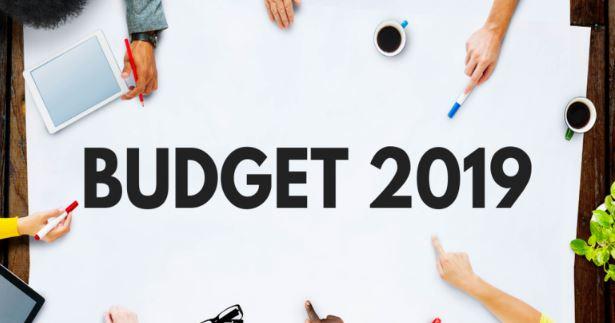5 Terms You Need to Know After the Budget 2019

A yearly event that everyone looks forward to is the budget. There is a flurry of speculations and expectations surrounding it. The entire nation watches when the finance minister delivers his speech with bated breath. After all, it affects their own home budget. It affects the common man as much as it impacts big corporate houses. It is during the budget that the government announces its spending and income sources.
Any cuts on taxes and a reduction in the prices of goods are welcomed by the masses. Similarly, any initiative to increase tax collection can disappoint the public. This year’s budget has also generated a commotion in the market. It is being seen as a populist budget with several measures in favor of the working class.
Every budget includes a few terms that one may not know if there is no financial background. Well, don’t worry as we have it covered for you. Here are five such terms in detail.
Interim budget
In India, the presiding government presents the union budget on 28th February. However, in the case of an election year, the government presents an interim budget. The outgoing government has the rights to spending only till 31st March. The interim budget allows the expenditure space to the old government until the new one comes into power. This is done to accommodate different financial plans of different governments.
Typically, any annual budget comprises of two parts. One is the previous year’s report card. Second is the proposed income sources and expenditure plans. The interim budget includes last year’s expenses and income generated. It also mentions the expenses for the next couple of months until the transition period is over. However, there are no plans for income generation in the interim budget.
The interim budget is not mandated by the constitution but has become a convention.
The expenditure of the government has two parts to it – revenue and capital expenditure. Let’s take a look at them in detail.
Revenue Expenditure
It is the amount that the government has to pay for its day-to-day functioning. This is the amount that doesn’t create any type of public asset. Nor does it reduce any kind of liability. These are the two conditions for any expenditure to be defined under this category. Also, this kind of expenditure is not one time but is recurring. Examples of revenue expenditure are salaries, pensions, subsidies, expenditures on health and defense.
Capital Expenditure
It is the part of expenditure that either creates an asset or reduces some liability of the government. Any expenditure on the construction of metro, roads or buildings creates an asset for the nation. Any expenditure on repaying government loans reduces its liability. An essential aspect to add any expenditure into this category is its one-time cost. It must be non-recurring in nature. This spending is done for public welfare and helps in increasing productivity in general.
Current Account Deficit
All countries depend on each other and there is a flow of goods and services to meet their requirements. Oil is the best example to understand this. There is a huge demand for oil across the globe. However, it is a natural resource and is produced only in a few countries. All the nations where it is not available locally, have to import it from other countries.
All such kinds of imports, exports, investment incomes and transfer of payments figure in the current account of any country. When the imports exceed the exports, it is called the current account deficit.
It is an indication of the depreciation of local currency as there is a higher demand for dollars.
Fiscal Deficit
It happens when the expenditures of a government exceed the revenue that it generates. It could happen due to high public spending by the government. In other cases, it could happen due to reduced revenue collection. To bridge this gap, the government can borrow money from the central bank of India. Another option is to raise money from capital markets by issuing bonds.
There are both positive and negative effects of a fiscal deficit. In case of a large fiscal deficit, the cost of borrowing increases for everyone. This happens because there is an increased demand for loans in the market. Secondly, it has the potential to increase inflation. Certain economists recommend a large fiscal deficit for a growing nation. During a recession or economic slowdown, higher government spending can boost the demand for goods and services. For a developing country, it is a good sign if the expenditure happens for infrastructural developments.
Conclusion
With an understanding of these terms, you can know the financial standing of our country. You will also get deeper clarity about the financial plans of governments that they present through the budget.


Kashmir Singh Bath
Posted at 05:09h, 10 FebruaryVery simple explanation to complicated budget terms. Thanks.
Shyam datar
Posted at 10:38h, 10 FebruaryAlmost of my investment are in equity
Is it OK?
Chandra shekhar singh
Posted at 14:45h, 10 FebruaryGood explanation by abhinay.
I like this chapter.
nationlearns
Posted at 11:46h, 08 Februarygreate one